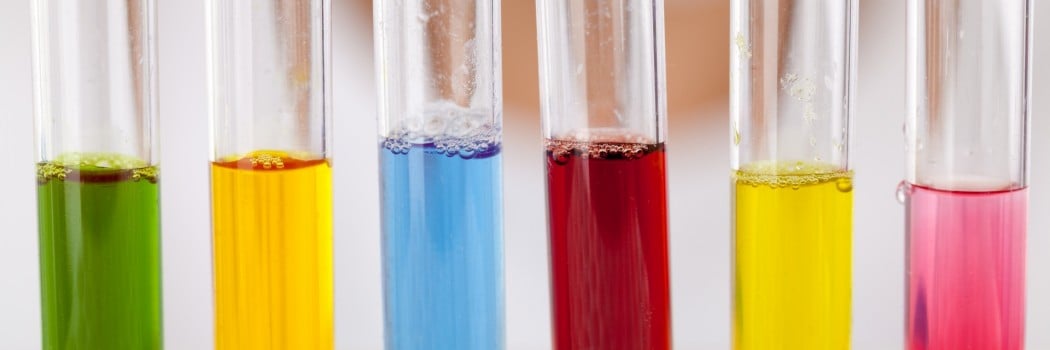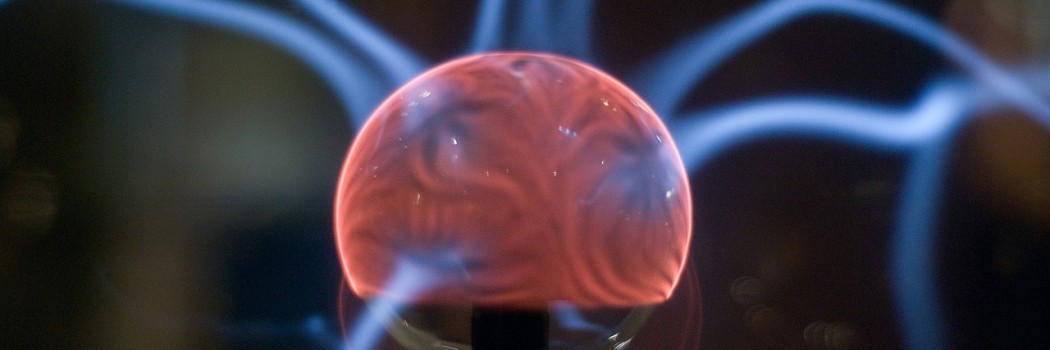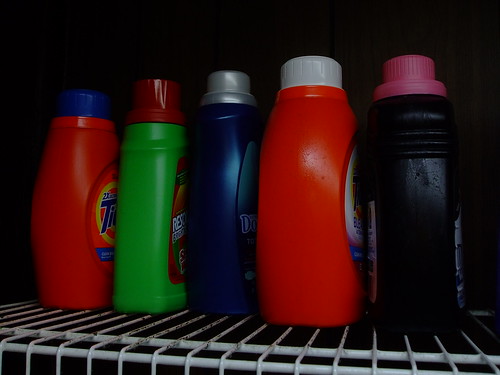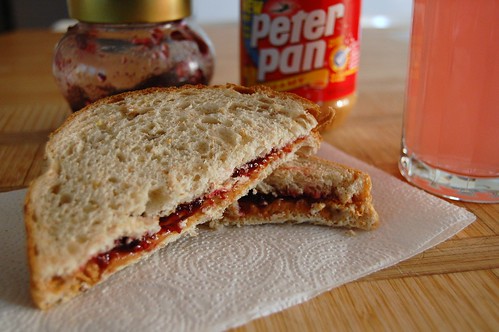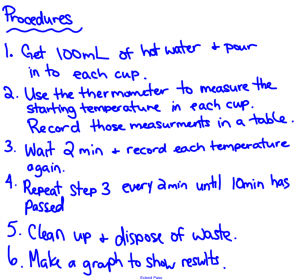Learning Goal:
We are learning to use the scientific method to investigate processes, ideas, and issues.
We are learning to think about the ways science is presented in the media
Watch the following advertisement, then answer the following questions:
- What is an advertising claim?
- What claim is being made in the ad below?
We are going to finish out the first unit on the scientific method and science in media by looking at advertising claims one last time. Read and follow the instructions on the handout “Advertising Claims.” Complete the chart.
Take up responses to the chart (Examples from football ad).
Next, you will learn a bit more about media literacy. Read the definition for media literacy. Are you media literate? Examine the comic on the page and response to the “Check Your Understanding” and “Making Connection” questions.
Take up the responses together.
Now, some of you have completed your “Science in Media” task from last week, but many of you have not yet handed this in. If you are not finished, use the remaining time to finish it.
If you are finished your experiment from last week, you will read and respond to “Analyzing Energy Drinks” and share your answers with each other to check your work.
Finally, as an exit slip, answer the following:
- What do you think about energy drinks now? Has your opinion changed after reading the article today?
- Do you think that energy drinks should be available to anyone and everyone?




